Annie Leibovitz Shares Her Vision in Monaco
The newest gallery openings this week, including the dark side of the American dream, traditions of Aboriginal Australian painting, a cheeky photographer, and more.
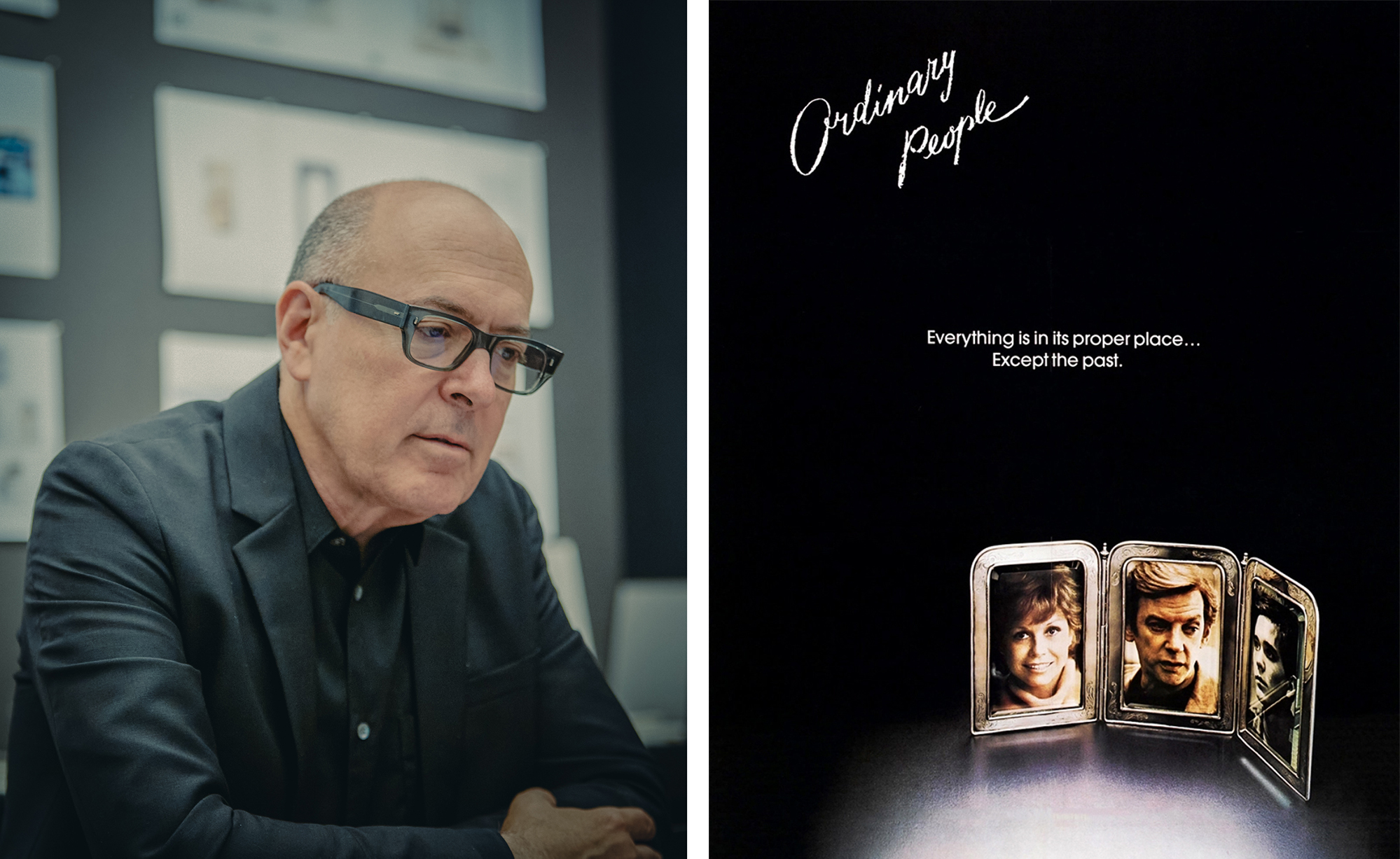
You’re reading The Grand Tourist Curator, our weekly newsletter with the latest handpicked news and insights from the worlds of art, design, style, food, and travel. Sign up here to get The Curator delivered directly to your inbox.
This Discerning Architect Returns to These Six Films for Inspiration
Designer David Mann has been a part of the Gotham interiors firmament for decades. His firm, MR Architecture + Decor, has created flagships for the likes of Lanvin, Dior, and Pierre Hardy, and homes that exude a similar opulent-yet-restrained (read: tasteful) look. Always spotted with his signature black suit and thick-rimmed glasses, Mann finds some of his best inspiration in the world of film. “I think that growing up in Phoenix, Arizona, as a gay Jewish boy in the 1960s made me introverted. I was extremely shy and antisocial. As a child I loved architecture and pretty much spent my youth building, drawing, and reading anything I could on the topic,” says Mann. “When I wasn’t doing any of these things, I was watching movies.”
It seems that his love of film melded with his burgeoning design sense. “An early set in film that had a huge impact on me was the old dying man’s bedroom in 2001: A Space Odyssey. I remember thinking how poetically the film’s production designers expressed all that had gone on before, along with some vague notion of what the future might be, represented by the glowing panes that made up the floor.” Since Mann is someone whose taste and sensibilities I utterly trust, I asked him to give me his top flicks that anyone can absorb and properly appreciate, including his must-see (and mine), Jacques Tati’s Mon Oncle. He explained: “Today more than ever, as we grow suspicious of AI, this film, which was made in 1958, exemplifies those fears. The movie rips the soul out of the idea that progressive better living comes from design and innovation.” —Dan Rubinstein
Persuasion (1995)
“In this film, the architecture that steals the scene is the home to which the Elliots move when they retrench to Bath. Just before we get to see this outrageously extraordinary home, we are with Mary in the Gothic farmhouse she shares with her messy family and neighboring in-laws. There is such an extreme contrast between the farmhouse and the new house, which is designed in a Regency style with bright white floors and walls, gold-trimmed moldings, bold floral prints, and heavily carved chaises and tables, which are sparingly and formally placed about the room. Together these elements create the kind of freshness, newness, and extreme fancifulness someone of that era must have felt upon seeing it for the first time.”
The Anniversary Party (2001)
“One of my favorite examples of architecture as a main character in film, it features the pristinely perfect Richard Neutra house known as Schaarman House. Having a Neutra house in Los Angeles is like having a home at 740 Park Avenue in New York; as far as real estate status goes, it doesn’t get any better. Built in 1951 on a quiet cul-de-sac, the house is a masterpiece, with many of the Neutra classic details like dry stack limestone, sleek lines, “spider” columns, and wood ceilings, to name a few. To me, it’s the house’s transparency that works so well as a backdrop for this comedy of manners. The house allows one to voyeuristically look in on people who are used to exposing themselves both on screen and on paper.
A Single Man (2009)
“Stylistically, this movie is one of my favorites, not just for how extremely well acted, directed, and designed it was, but also for how beautifully it expresses gay culture. Both homes in the movie are truly great, but the Lautner house that George, played by Colin Firth, lives in is just about as good as it gets. Built in 1949, the house had an eye to the future. It was made of materials such as redwood, glass, concrete, and brick, featuring soaring ceilings and excessive glass. It makes perfect sense that this middle-aged, gay literary professor—who I see as a hopeless aesthete—would live in this small work of genius architecture.”
The Affair (2019)
“This is probably the worst film on my list, thanks to its devastatingly uninteresting storyline, but it is nearly entirely filmed in one of my favorite works of architecture, the Villa Tugendhat in Brno, in what is now known as the Czech Republic. The house was designed by Mies van der Rohe in 1929, became a UNESCO World Heritage site in 2001, and from 2010 to 2012 underwent an exhaustive restoration. The movie, which was released in 2019, is a fictionalized account of Greta and Fritz Tugendhat’s real lives, and while the direction and acting leave a lot to be desired, the house itself should win an Academy Award.”
Mon Oncle (1958)
“In this film, which is one of my all-time favorites, the character Mr. Hulot (the uncle) leads an antiquated way of life that is in stark contrast to that of the Arpels, and most obviously, their crazy modern home. Villa Arpel, as it is called, with its garish materialism, where everything is a pun—one of my favorites being a pair of round windows on the second floor that appear from outside like eyeballs that move as people on the inside walk with their heads bobbing—should, in my opinion, get a credit above the title. While this film was released in the late ’50s, it speaks to life today and our current fear of AI, which has at least some of its roots in this fictitious story where the mechanized modern world has total control over its inhabitants.”
Ordinary People (1980)
“I love how Robert Redford opens and ends this movie employing a lovely upper-middle-class home as a stand-in for the tragic family portrayed in the story. The opening shots, which seem to be in late summer or early fall, pan up to the formal street façade of the house, which is a fairly timeless version of a suburban neocolonial, with appropriate double-hung mullioned windows, black shutters, and a broken pediment detail at the front entrance. Conversely, the closing shots are in winter and pan away from the rear of the house, which is bleak and sparse, stripped of the formal details on the front. The harsh, cold season and the lack of ornament further amplify the raw emotions one experiences in this movie.”
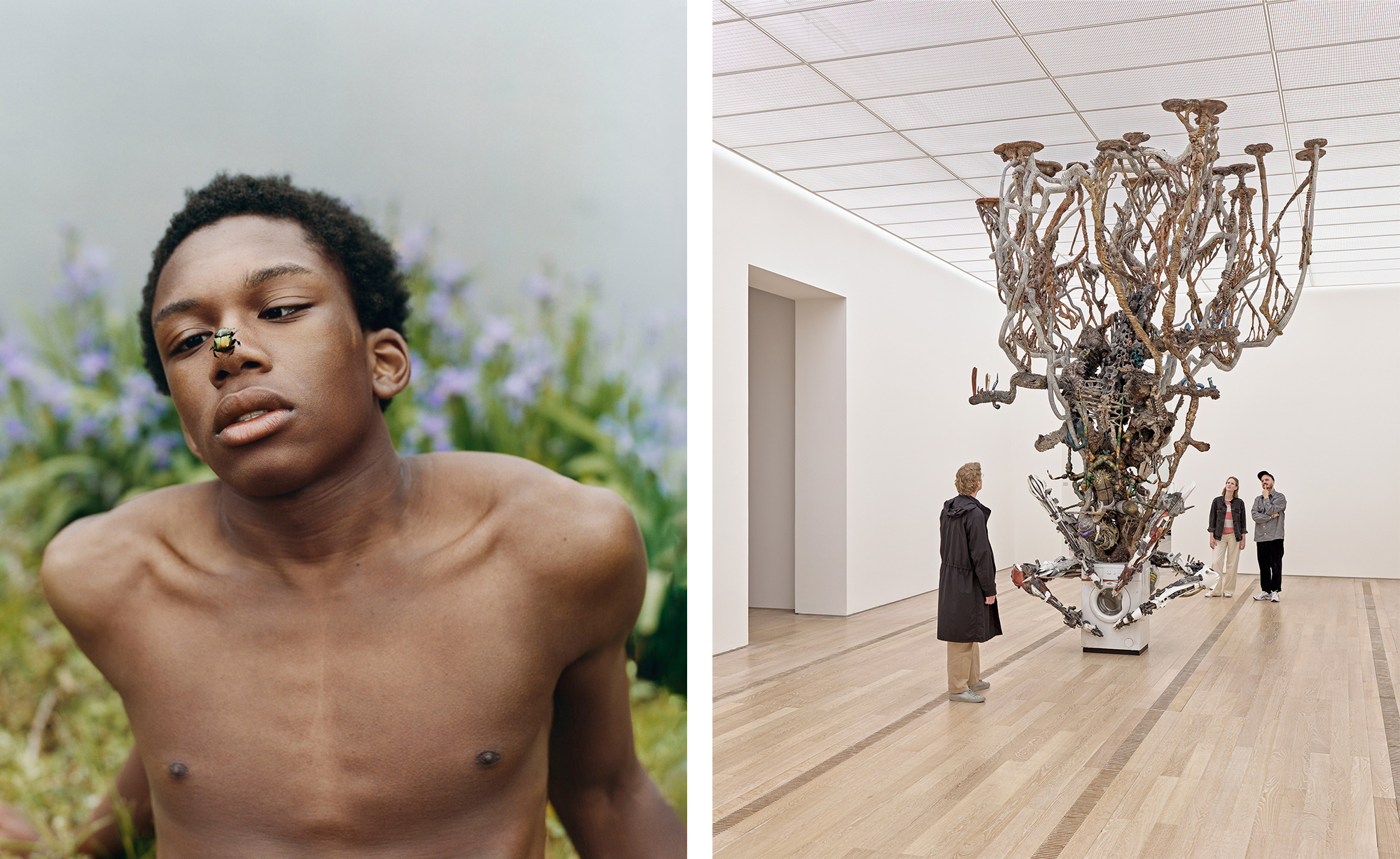
Happy Birthday, Dia; Elton John’s Tastes on Display; a Show Without a Name; 400 Years of Women Artists
Beacon, “Steve McQueen: Bass” (Until June 2025)
In 1974, Philippa de Menil; her husband, Heiner Friedrich; and Houston art historian Helen Winkler founded the Dia art foundation with the goal of funding the creation of modern art. It began with ambitious large-scale projects, like Walter De Maria’s 1977 “The Lightning Field,” consisting of 400 steel rods dotting the New Mexico desert. Today, Dia has grown to nearly a dozen locations and permanent art sites throughout the U.S. This month, it celebrates its 50th birthday in typical Dia fashion, with a new show commissioned by British film director and video artist Steve McQueen at Dia Beacon. Known for directing feature films Hunger (2008) and 12 Years A Slave (2013), McQueen often confronts heavy subjects through film. Bass (2024) is perhaps his most abstract work, engulfing the viewer in the two most basic elements of film: light and sound. diaart.org
London, “Fragile Beauty: Photographs from the Sir Elton John and David Furnish Collection” (Until Jan. 5, 2025)
Some 300 rare prints from the 7,000 photographs of Sir Elton John and David Furnish’s collection are presented by the V&A Museum in their largest photography exhibit to date. Featuring work by the likes of Robert Mapplethorpe, Cindy Sherman, William Eggleston, and Diane Arbus as well as reportage from pivotal historical moments of the 20th century, it’s truly an era-defining showcase. vam.ac.uk
London, “Now You See Us: Women Artists in Britain 1520–1920” (Until Oct. 13)
This ambitious exhibit gives credit to 400 years of historically overlooked women in art. While painting careers were stereotypically a man’s job, these women defied convention to have commercial careers and exhibit their works publicly, breaking new ground for future generations in doing so. From Levina Teerlinc’s miniatures of the Tudors, to Esther Inglis’s first female self-portrait, to Elizabeth Butler’s military landscape lauded by the Royal Academy, 200 works remember the forgotten women of Britain’s art history. tate.org
New York, “Made in Situ by Noé Duchaufour-Lawrance” (Until June 29)
For the past five years, the studio of product designer Duchaufour-Lawrance has been based largely in Lisbon, where the artisanal practices and authentic materials of Portugal, as well as his native France, inspire his ongoing collection called Made in Situ. The results include sleek bronze candleholders that came out of a visit to a boat propeller factory and furniture pieces made of the cork oak wood found in the mountains of France. For the second consecutive year, the Demisch Danant gallery presents selections of the project—a travel diary of design, if you will. demischdanant.com
Riehen, Summer Show (Until Aug. 11)
This contemporary showcase doesn’t exactly have a name, at least not a permanent one. And neither is it confined to a room in the beautiful museum that is Fondation Beyeler. For the first time, the museum is transforming its premises—from the box office to the surrounding gardens—into the site for a dynamic, experimental presentation of the work of 30 artists, of diverse disciplines including Swiss artist Peter Fischli, American poet Alice Notley, and Mexican architect Frida Escobedo. As the paintings, sculptures, films, and performances fluctuate, the exhibit will periodically be renamed. fondationbeyeler.ch
Vienna, “Tina Lechner and Anita Witek: Sisters in Crime” (Until June 2)
In a post-ChatGPT world, the definition of authenticity has been scrambled and the line between inspiration and appropriation, blurred. Reckoning with this evolving art landscape, Austrian artists Tina Lechner and Anita Witek fuse their distinct practices to probe the question of authorship and intellectual property. Lechner is known for her black-and-white photography of models adorned in sculptural, constructed costumes, while Witek works with large-scale pointed collages. Though both of their influences are visible in the collaboration, it is hard to distinguish where Lechner’s influence ends and Witek’s begins. sussudio.at —Vasilisa Ioukhnovets
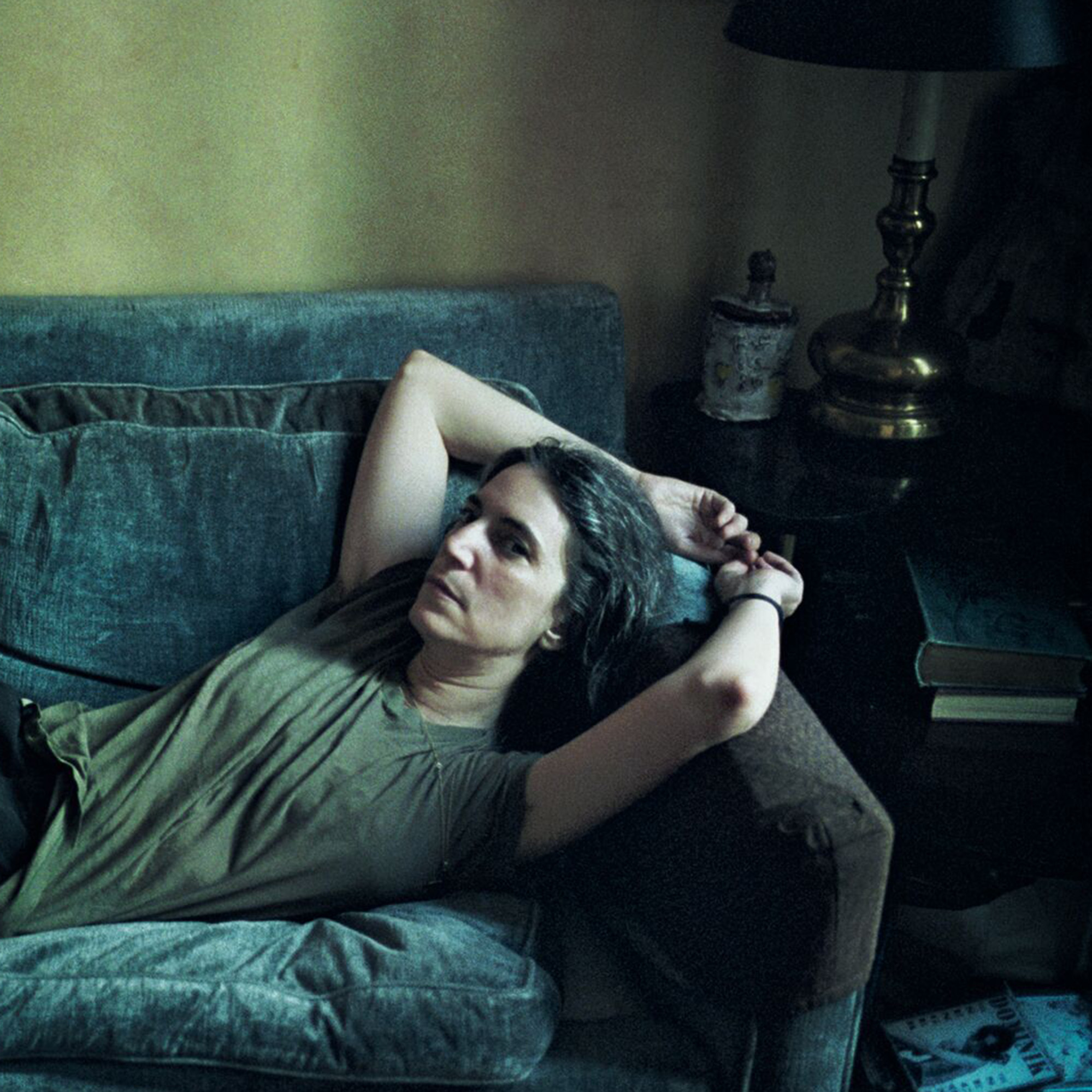
The newest gallery openings this week, including the dark side of the American dream, traditions of Aboriginal Australian painting, a cheeky photographer, and more.
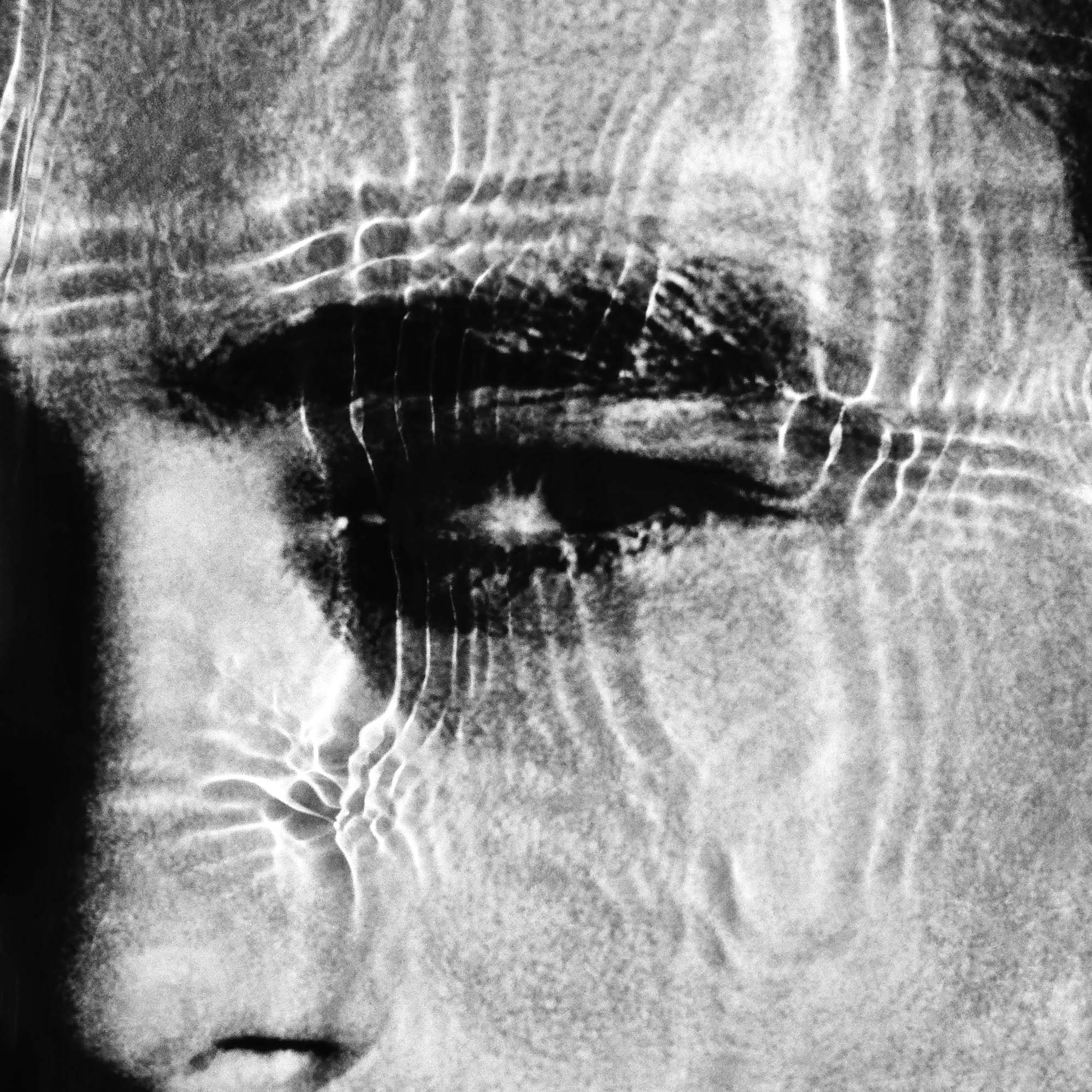
For Italian fashion photographer Alessio Boni, New York was a gateway to his American dream, which altered his life forever. In a series of highly personal works, made with his own unique process, he explores an apocalyptic clash of cultures.
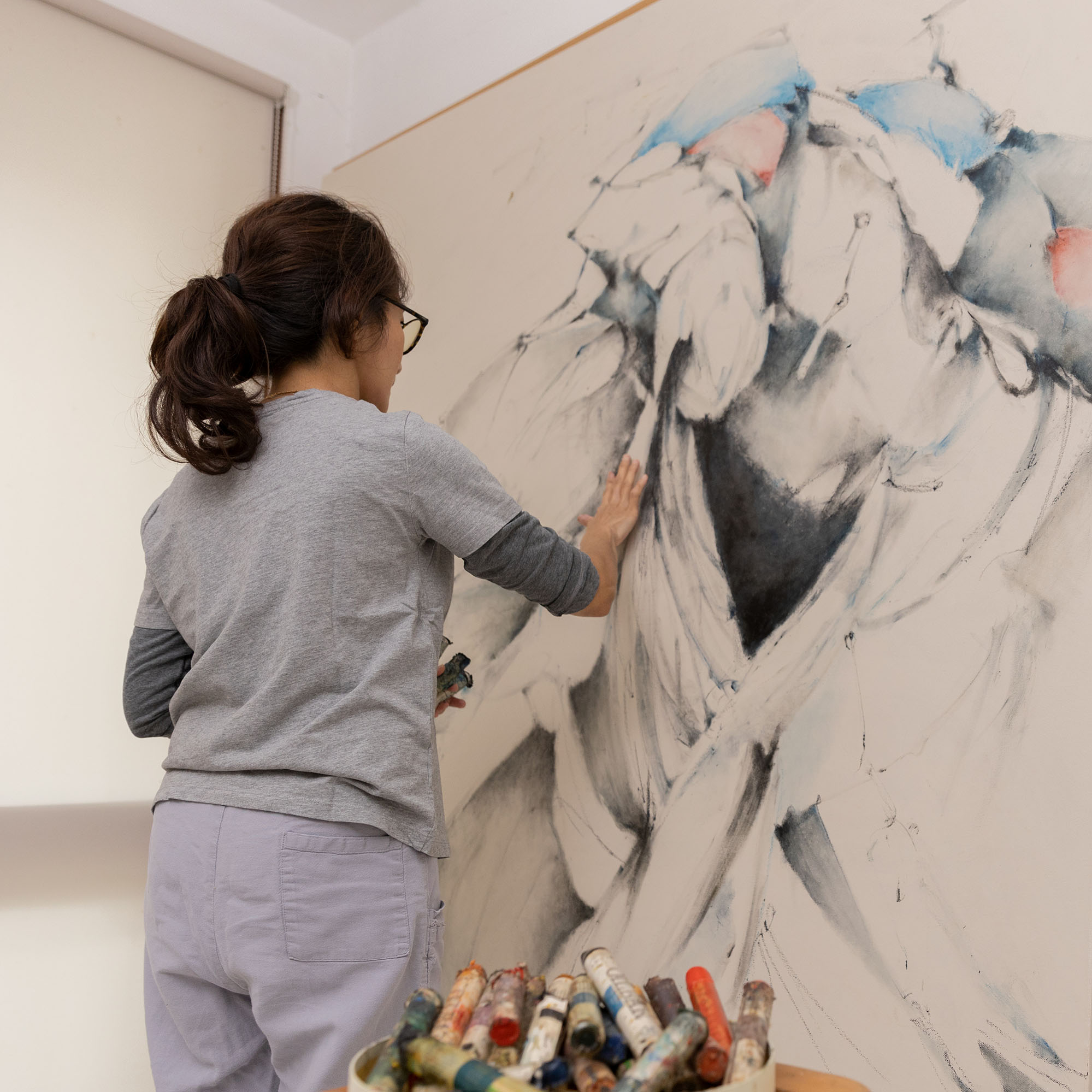
Plus, an exciting young British artist receives a retrospective, Marcel Dzama's whimsical drawings take a political turn in L.A., and more gallery openings.